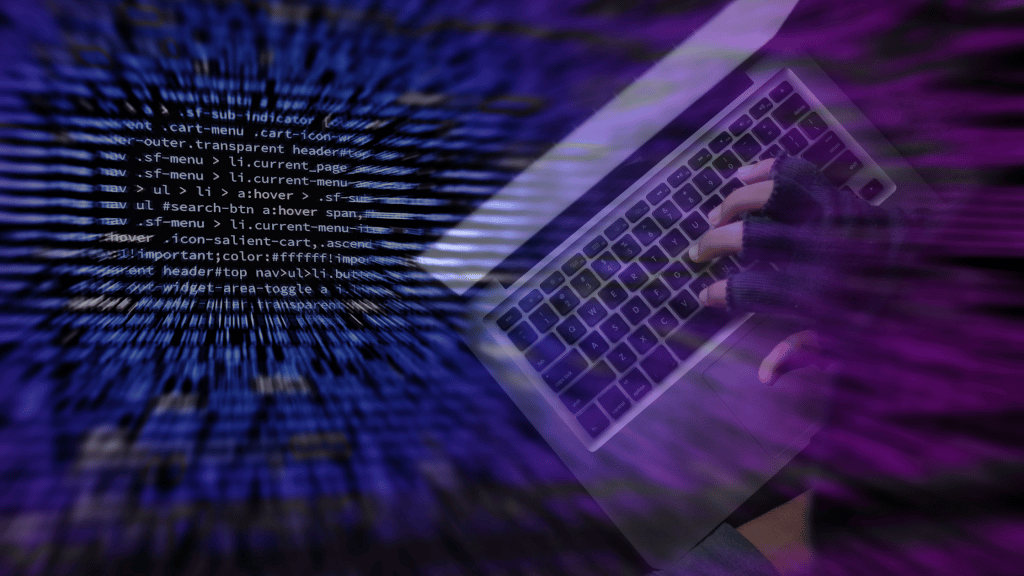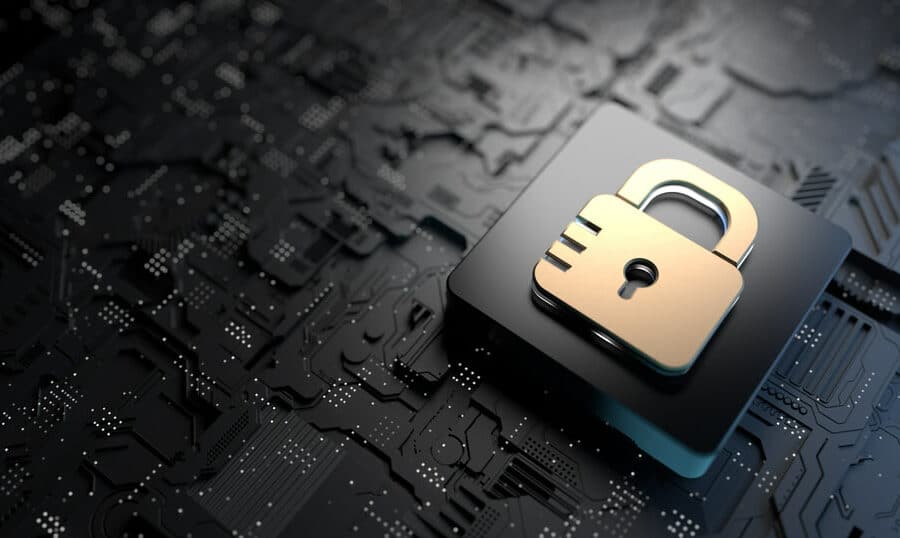Ensuring your business’s information is secure is a key goal of any organization because...

7 activities boost your cybersecurity to the next level in detecting cyber-attack signals
If you look at significant data breaches happened in the past decade, or so, most of them became major incidents because attacks not detected early enough to thwart the attacks before it became unmanageable. It is only a matter of time cyber attackers intrude, so the key to success is early detection of the cyber attacker at work before executing the cyber attack.
Organizations typically implement SIEM (Security information and event management) to supplement their IDS or IPS systems to detect cyber attackers. No doubt, SIEM is a critical component of any cyber detection strategy. However, these SIEMS ingest a vast amount of data from the IPS or IDS along with a variety of logs or data, and as a result, it kicks out a large number of alerts, and the majority of those are false positives. This kind of scenario is called Alert fatigue, which results in causing high rates of uninvestigated alerts.
So how do we tackle this problem?
Experts agree that the steps mentioned below will alleviate the pain and significantly improve the organization’s ability to detect cyberattack signals more efficiently.
1 Identify the mission-critical and sensitive data and prepare a comprehensive inventory of the critical systems identified. Following activities will aid in identifying these systems.
Comprehensive inventory list: The scope of the inventory must be complete. Failure to do so will result in all downhill from this point on.
Allocate adequate resources:There will always have blind spots because hackers will always be one step ahead, so the organizations must devote resources adequately to get this right at the beginning.
Visual Diagrams: Visual diagrams of the critical systems will significantly help in later stages to review and extend the scope—similarly, document network and any interconnectivity.
2 For each critical system identified, develop scenarios with the tactics and techniques that attackers could use to steal the vital data or inflict other harm.
3 For each critical system, map the Cyber Attack Signals to detect the attackers with each step in the Cyber Attack Chain. In that way, organizations can detect signals missed in one step in another one.
4 Identify all data sources and leverage the SIEM or another tool to generate the Cyber Attack Signals. The key to success is to make sure the Cyber Attack Signals are mapped to the critical systems to detect cyber attackers’ behavior early in the Cyber Attack Chain, regardless of whether the essential systems are on the premises or in the cloud.
5 Implement honeypots, threat hunting, and threat scouts to supplement the Cyber Attack Signals system to increase the chances of detecting the cyber attackers in time.
6 Update the critical systems security analysis periodically to incorporate significant changes, threats, or risk factors. Critical systems security analysis is the beginning and not the end of the game-winning strategy. It is a dynamic and not a one-time exercise to stay one step ahead of the cyber attackers. The analysis will need to be updated periodically to reflect new, high probability threats or reflect significant changes in the organization impacting the critical systems.
7 Report Cyber Attack Signals in a dashboard to the highest levels (senior management and board of directors) regularly and promptly. This reporting will facilitate proper and timely oversight from the highest levels.
Every organization should implement a dedicated cybersecurity committee to optimally oversee cyber risk and the cybersecurity program at the board level. Cybersecurity cannot be a back-office IT issue; instead, it must be front and center, a boardroom issue, and a priority. Cyber risk is one of the most significant and disruptive risks faced by almost every organization, and protecting the critical systems must be a top priority at the highest levels. This best practice will take the organization’s cybersecurity to the next level.

Veera Sandiparthi
Written By Veera Sandiparthi Mr. Veera Sandiparthi is a seasonal entrepreneur who brings 18 years of experience with technology solutions and delivering secure integrated enterprise solutions across various industries, including financial, healthcare, technology, and federal. Mr. Veera serves as the President and CEO of AccessQuint LLC. Over the past 2 years became an expert in developing strategic Cybersecurity solutions for both global and domestic clients. By strategically leveraging AccessQuint LLC's expert security resources and best practices, along with his own extensive knowledge of industry challenges and organizational needs, he helps his clients maintain the highest levels of quality while increasing efficiency and streamlining the cost.
Related Post
Cybersecurity insurance, also referred to as cyber insurance or cyber liability insurance, is an...
Ransomware Statistics A quick Google search tells us that the average cost of a...
While the number of people falling for sending personal information to the crown prince...





